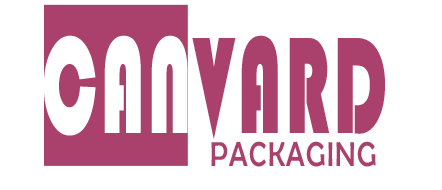The safety of PET bottle
May be you wonot know most bottled water comes packaged in polyethylene terephthalate (PET or PETE) plastic bottles. The widespread use of these bottles, some 85 percent of which never get recycled, according to the Container Recycling Institute, has raised ire among environmentalists. But do PET bottles pose a health risk? At this point, the evidence to suggest they might appears to be limited and preliminary.
Most health concerns about chemicals in plastic bottles relate to bisphenol A, that is No7 at the bottom of bottles, that is usually used in the milk bottles. That hormone-mimicking chemical, which can disturb the body’s endocrine system, has been found to leach from polycarbonate plastic, which is used to make certain sturdy, reusable water bottles (such as those that hikers often carry), baby bottles, and water coolers. But PET bottles donot contain bisphenol A, according to the National Association for PET Container Resources (NAPCOR), a trade association for the PET plastic industry. Scientific research on the potential for PET bottles to leach harmful substance is sparse.
If anything, it is the reuse of PET bottles by some consumers that may pose a problem, since the bottlesnarrow necks can make them difficult to wash. “The bigger risk to consumers is probably bacterial contamination,” says Rolf Halden, a drinking water expert and assistant professor at the Johns Hopkins Bloomberg School of Public Health.
For people with healthy immune systems and reasonably good washing skills, however, even this risk of microbial contamination remains slight. And some people, of course, never reuse the bottles. The EPA, in a document entitled “Bottled Water Basics,” says: “Drinking water (both bottled and tap) can reasonably be expected to contain at least small amounts of some contaminants. The presence of contaminants does not necessarily indicate that the water poses a health risk.”
According to NAPCOR, the plastic in PET bottles is inert and does not leach harmful materials into its contents—either when a beverage is stored unopened, or when bottles are refilled or frozen.
Not everyone buys that line, however. William Shotyk, a geochemistry professor at the University of Heidelberg, has published two studies (here and here) that show that antimony, a potentially toxic trace element, leaches from PET bottles over time. This doesn’t mean there is a clear health risk, Shotyk says. But, he adds, “I would say it’s something to think about.”
“The amount of antimony in natural water that is not contaminated is extremely low,” he says. “The amount of antimony in bottled waters is hundreds, sometimes thousands, of times higher.” Still, Shotyk found it at levels no higher than two parts per billion (ppb), and EPA drinking water regulations permit antimony to occur at up to six ppb.


